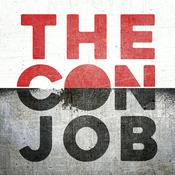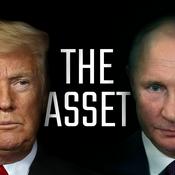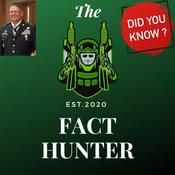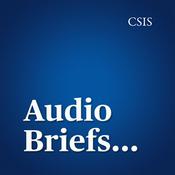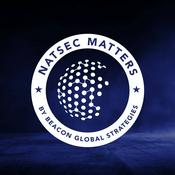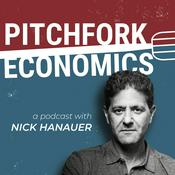36 episodes
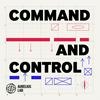
C2 - the long view (with Michael Holm)
2026-1-05 | 1h 14 mins.
It is rare to find anyone who has been actively engaged in C2 over a 20 year time span, let alone 40. For nearly half a century Michael Holm has been making C2 systems for the military. In that time he has witnessed the change in demands, data, systems, requirements, and opportunities. Michael brings an interesting perspective: as someone who has not served in the military - but has been dealing with them every day - he is able to outline the continuities and shifts in what the military thinks about C2, the systems it wants to use, and how the relationship with industry has changed. This is a long epiosde - no apologies for that. If you are genuinely interested in how C2 has evolved and changed for Western militaries since the arrival of computers there are few better places to start than this conversation; recorded in Michael's rather swish HQ in Denmark.

Manoeuvre and the network: C2 at XXX and Below
2025-12-01 | 40 mins.
If the role of the Corps level is in setting the conditions for Divisions to win, how are Divisions and subordinate commands going to conduct their own battle (and command it)? What are their roles in the tactical battle? Where does the line get drawn between levels? Is it doctrinally fixed or dynamic? Modern divisions don't fight like those in WW2, nor as we planned to during the Cold War, certainly not in the same way as they did in Afghanistan and Iraq. This isn't about simply faster Combined Arms warfare: For all the talk about Brigade Combat Teams (BCTs) in the US Army – and those equivalents elsewhere in Western militaries – trying to understand the US Army concept for operations during their "Continuous Transformation" isn't easy. Step forward Colonel Ethan Diven, Provost of the US Army University and Commandant of the Command and General Staff Course to explain what this might look like, how commanders and their staff will need to prepare, and what US PME is doing about the new challenges facing the military leaders at the tactical level today, and for tomorrow.

Amphibious Complexity: C2 in the AAF
2025-10-13 | 31 mins.
If Europeans have been swiftly divesting themselves of real amphibious capability, the reverse has been true of the ADF in recent years. Ray Leggatt, the first true Commander Amphibious Task Force of the Australian Amphibious Force, talked through his experience in putting together an amphib capability for a state that had not done this sort of operation in a couple of generations. Ray provides a remarkably honest and frank set of assessments about the capability when he was CATF, the essential trust and relationship needed with the Commander Landing Force (CLF), and the realities of doctrine versus practicality necessary to make a nascent capability tangible.

Goldwater Nichols: Still fit for purpose?
2025-9-15 | 33 mins.
Most people in the C2 world who would acknowledge the Goldwater Nichols reforms of the US military as one of the big muscle movements in command and control over the last 75 years. It provided the framework for how the US would run wars after 1986 and has had mixed success. But in organising the world of conflict along geographic lines, in prioritising the fights of today over preparing for the conflicts of tomorrow, and in – perhaps – ceding strategy to the military, there is a growing urgency in the need to rethink this structure and some of the organisational principles that US C2 is founded on. Eliot Cohen, doyen of US strategy and history, shares his views on why the reforms of 1986 came about and where the system needs amending.

The Unfair Fight (HQ Corps job)
2025-8-18 | 42 mins.
It is the responsibility of the Corps level of command to set the conditions for a favourable and unfair fight at the tactical level: so says Major General Mike Keating, Chief of Staff at Headquarters Allied Rapid Reaction Corps. The scale, complexity, and enduring nature of combat on land requires a structure that can enable divisions to fight and prevail, enabling subordinate formations to focus on the immediate and near term with the resources necessary to succeed: recognition of that has seen a renaissance in the Corps level in NATO, and more widely. HQ ARRC was deployed and employed in Afghanistan during the COIN era, but the skills and functions were different; political, and immediate. Today, the Corps has changed. Mike explains how – and what the future holds for the highest level of tactical command and control.
More Government podcasts
Trending Government podcasts
About Command and Control
Listen to Command and Control, Disclosure and many other podcasts from around the world with the radio.net app

Get the free radio.net app
- Stations and podcasts to bookmark
- Stream via Wi-Fi or Bluetooth
- Supports Carplay & Android Auto
- Many other app features
Get the free radio.net app
- Stations and podcasts to bookmark
- Stream via Wi-Fi or Bluetooth
- Supports Carplay & Android Auto
- Many other app features


Command and Control
download the app,
start listening.











